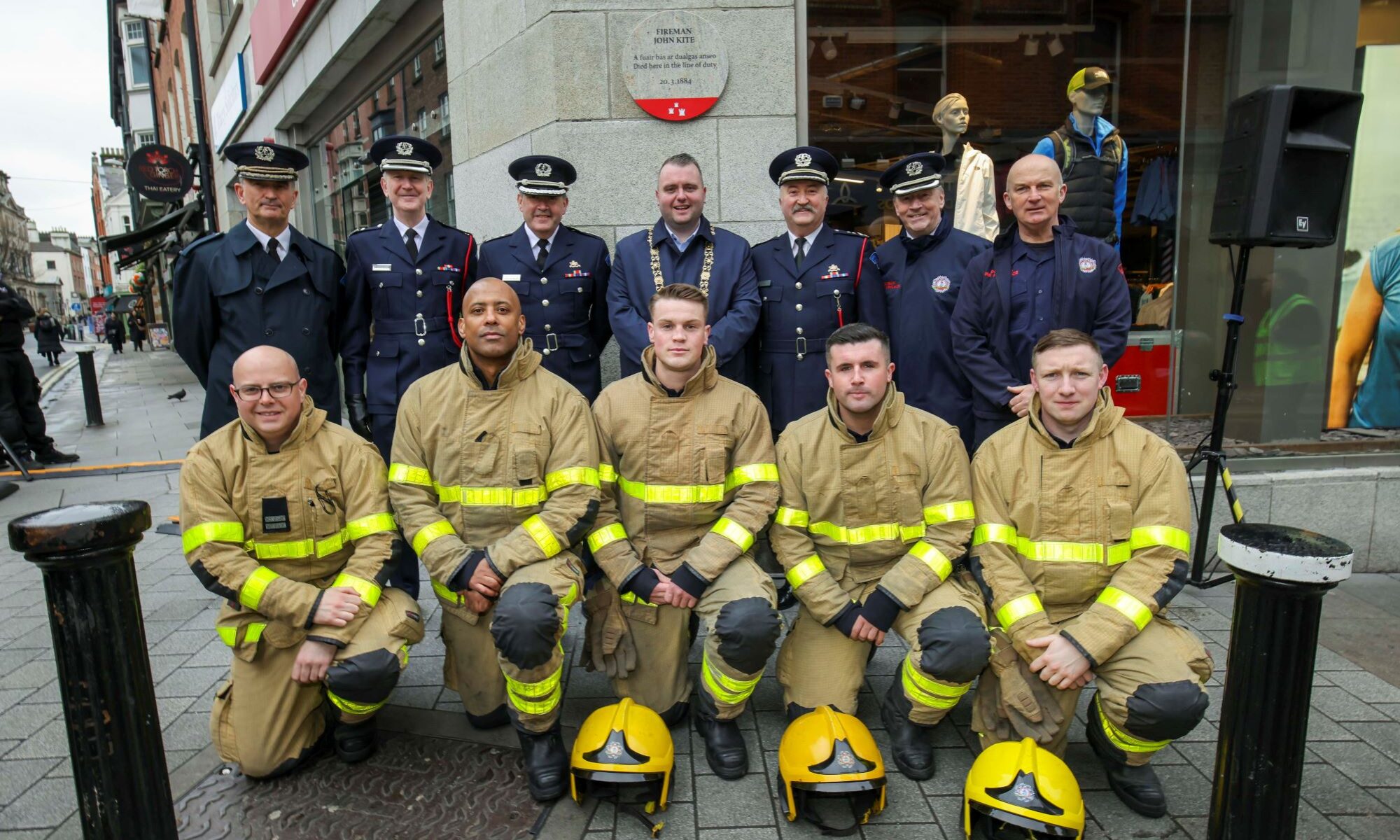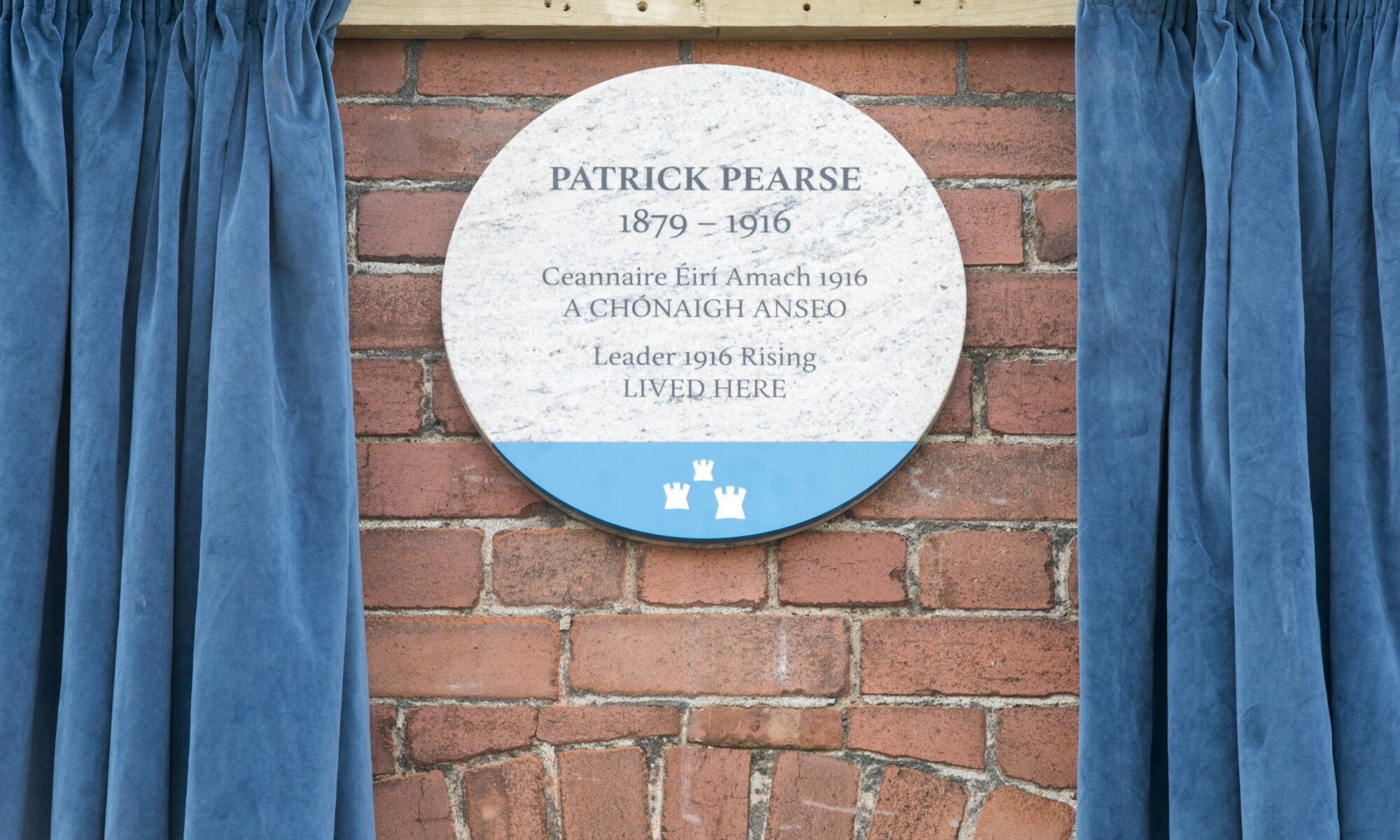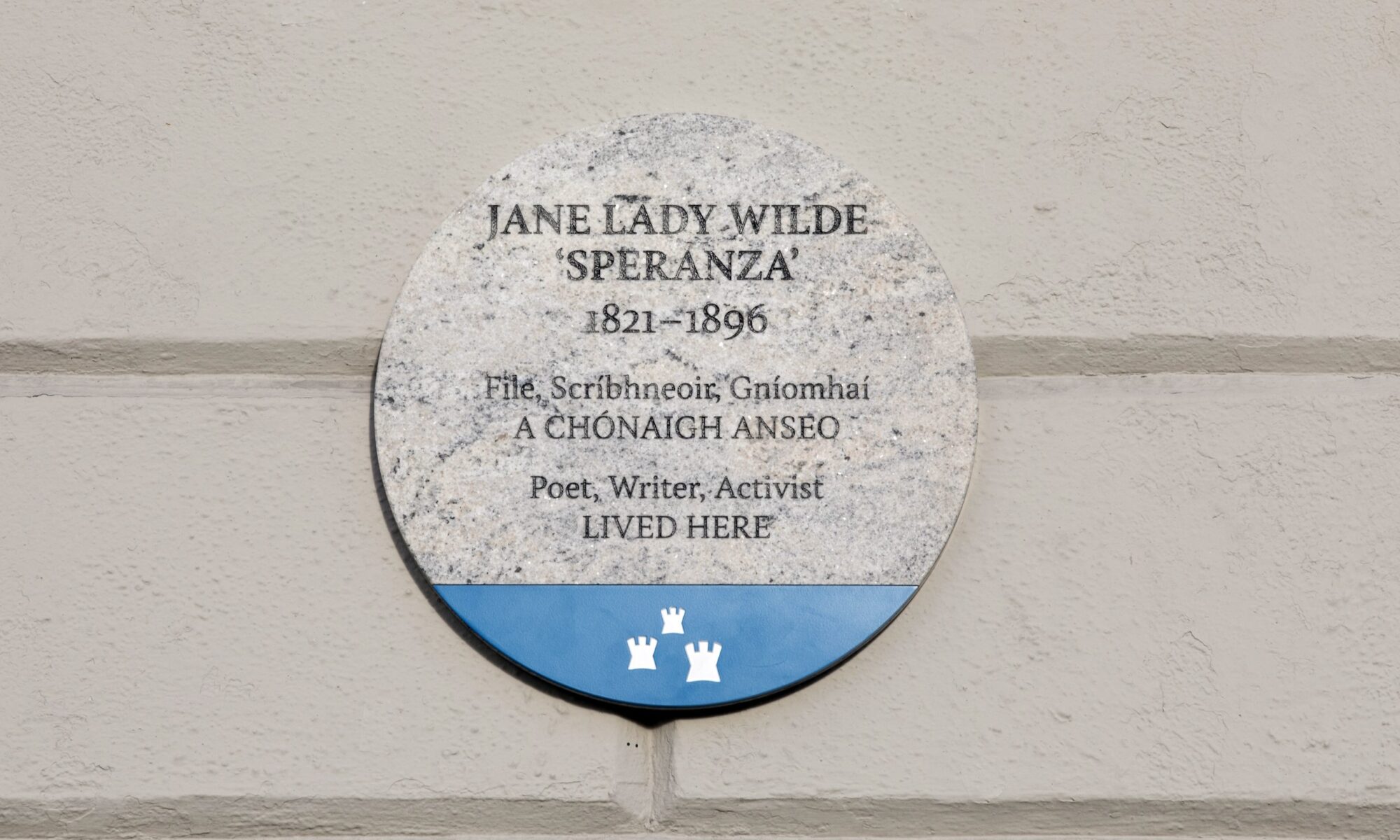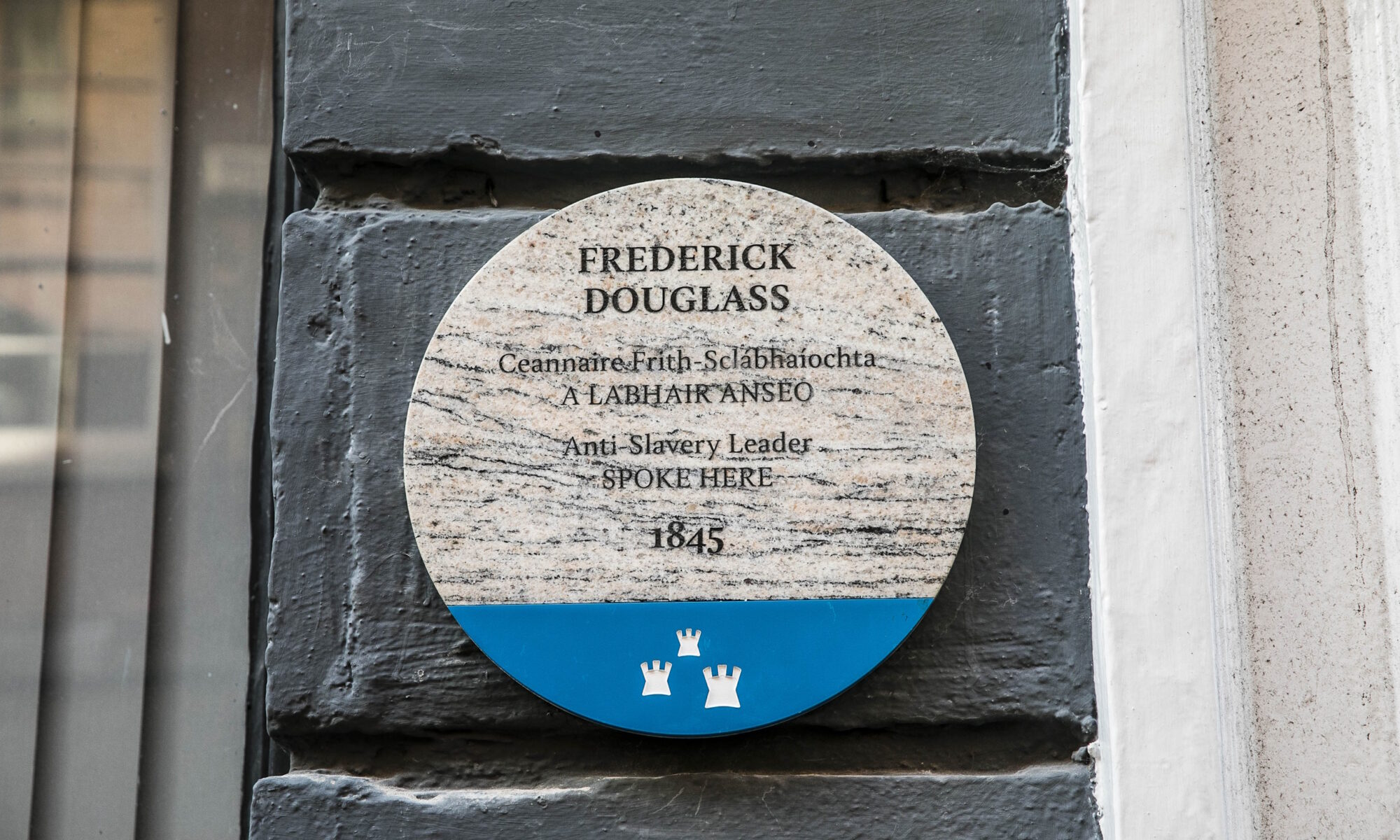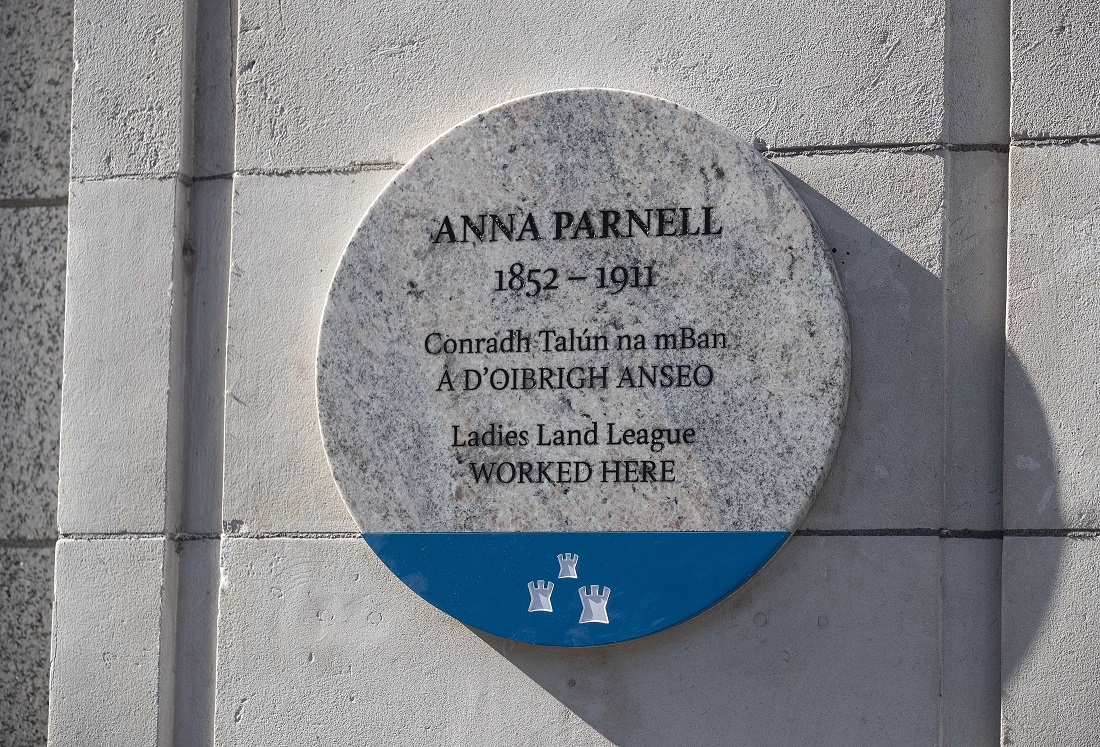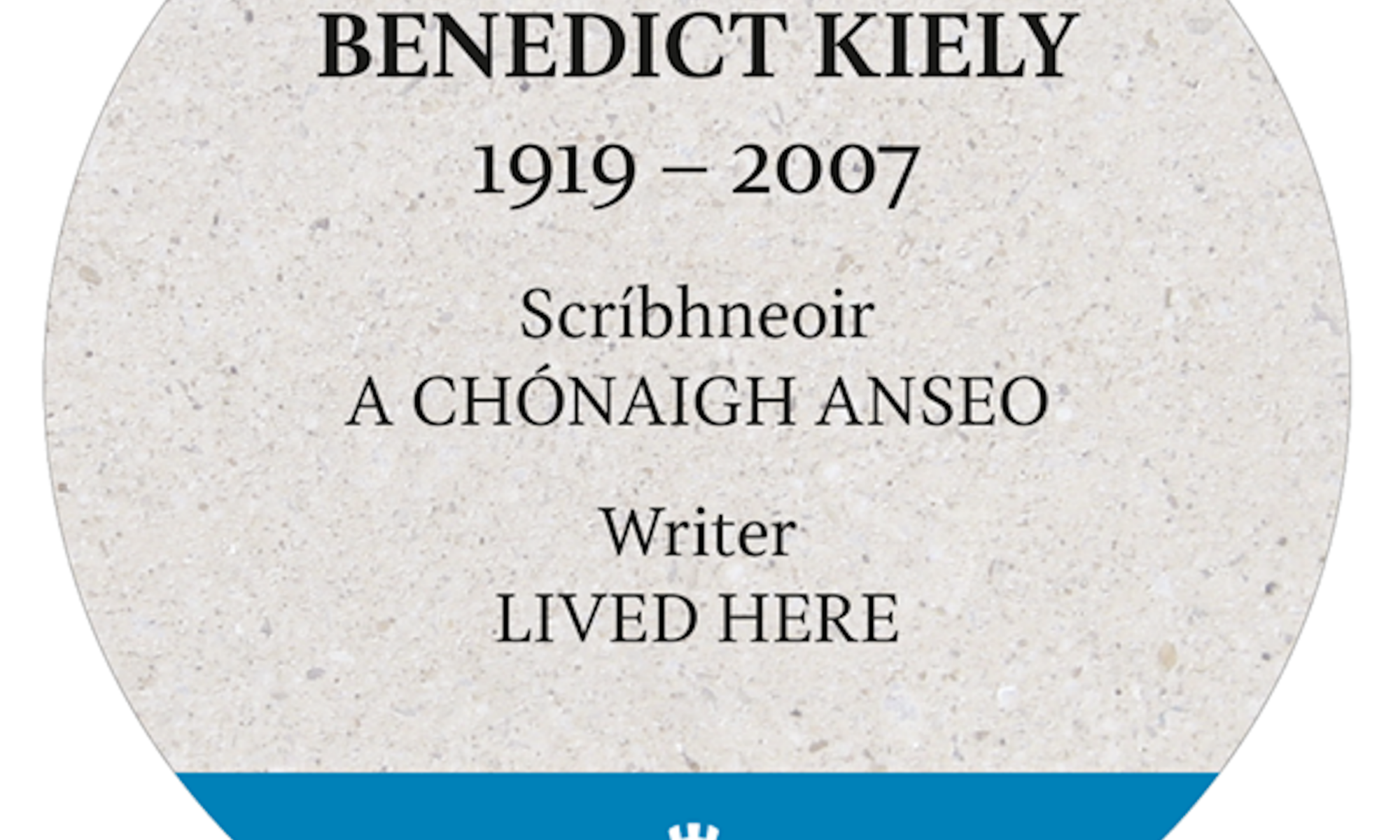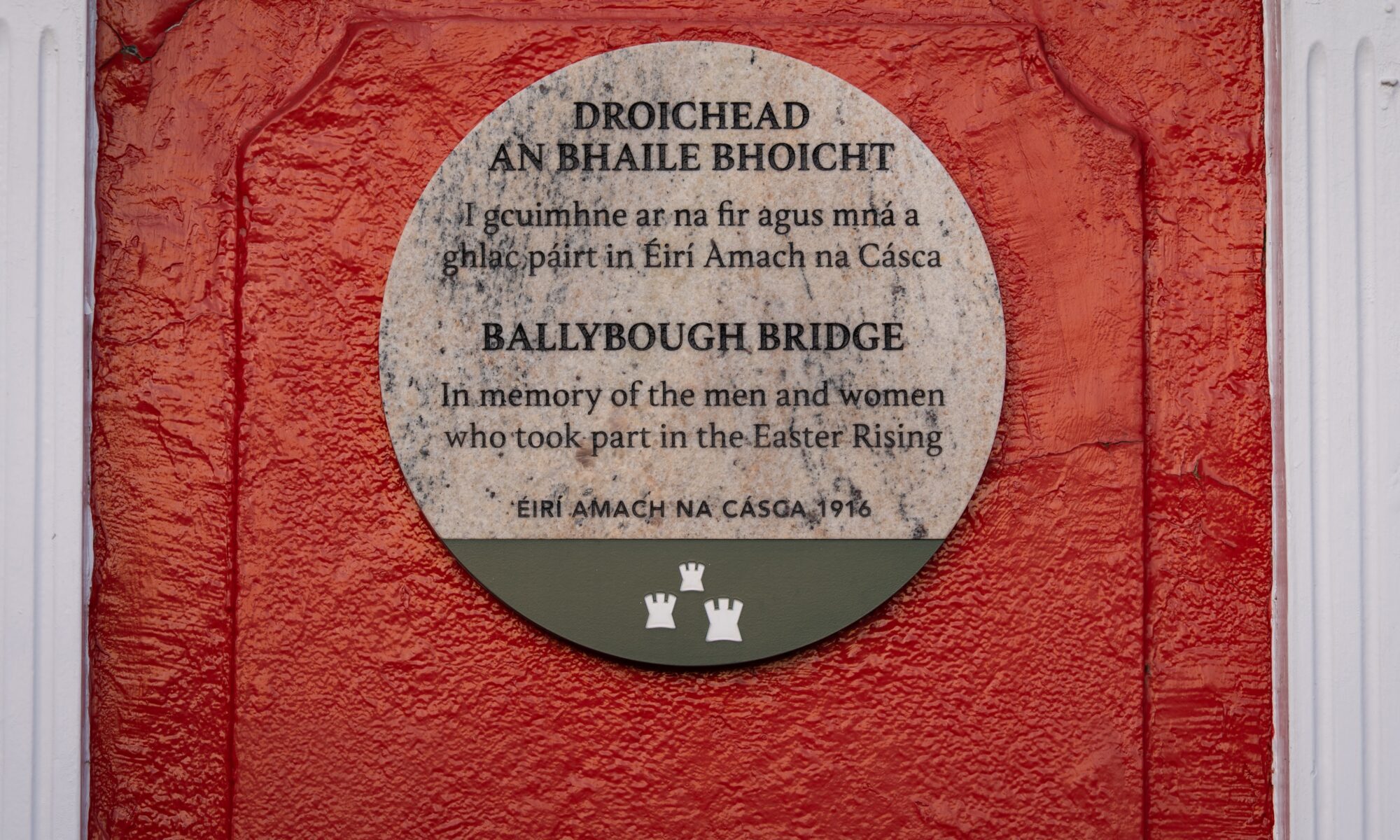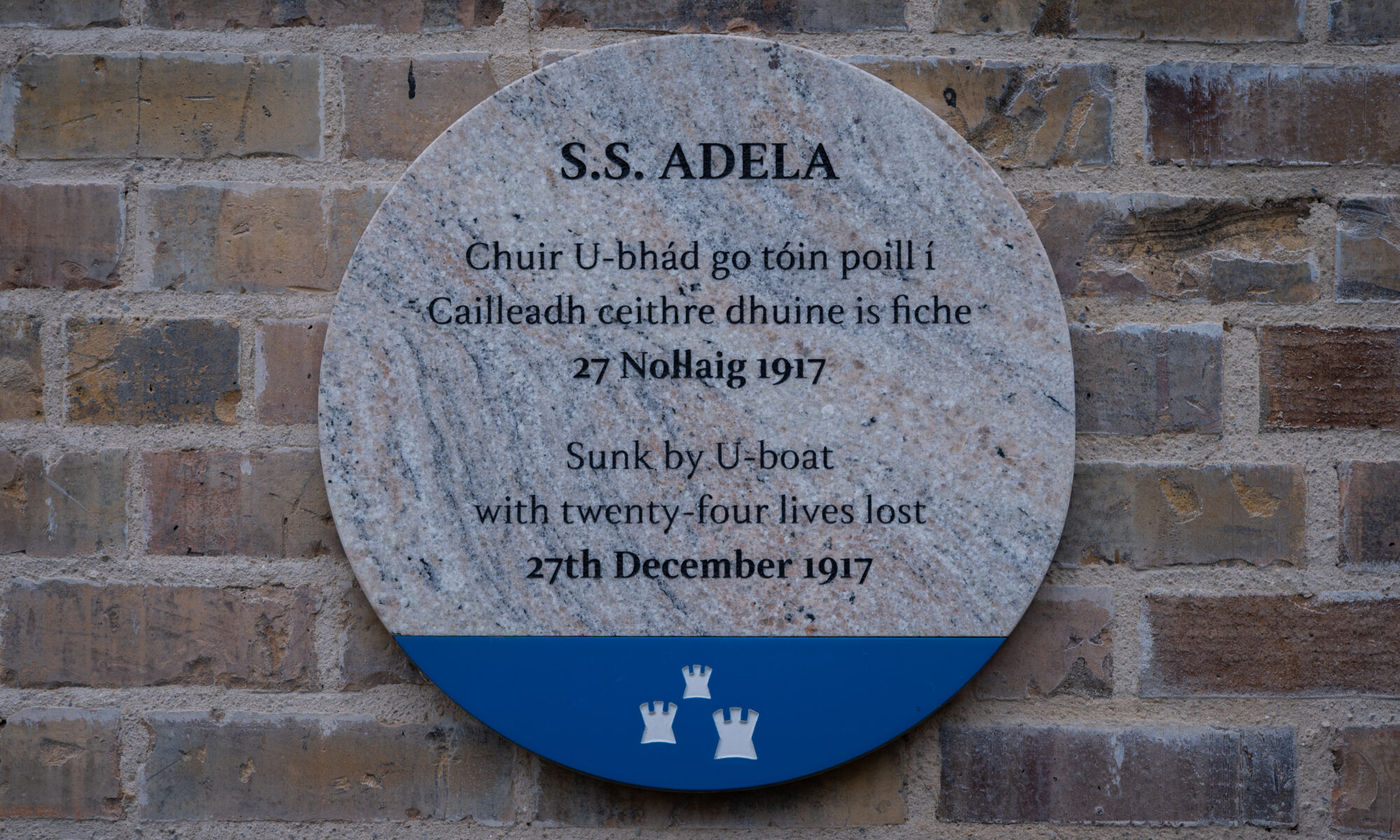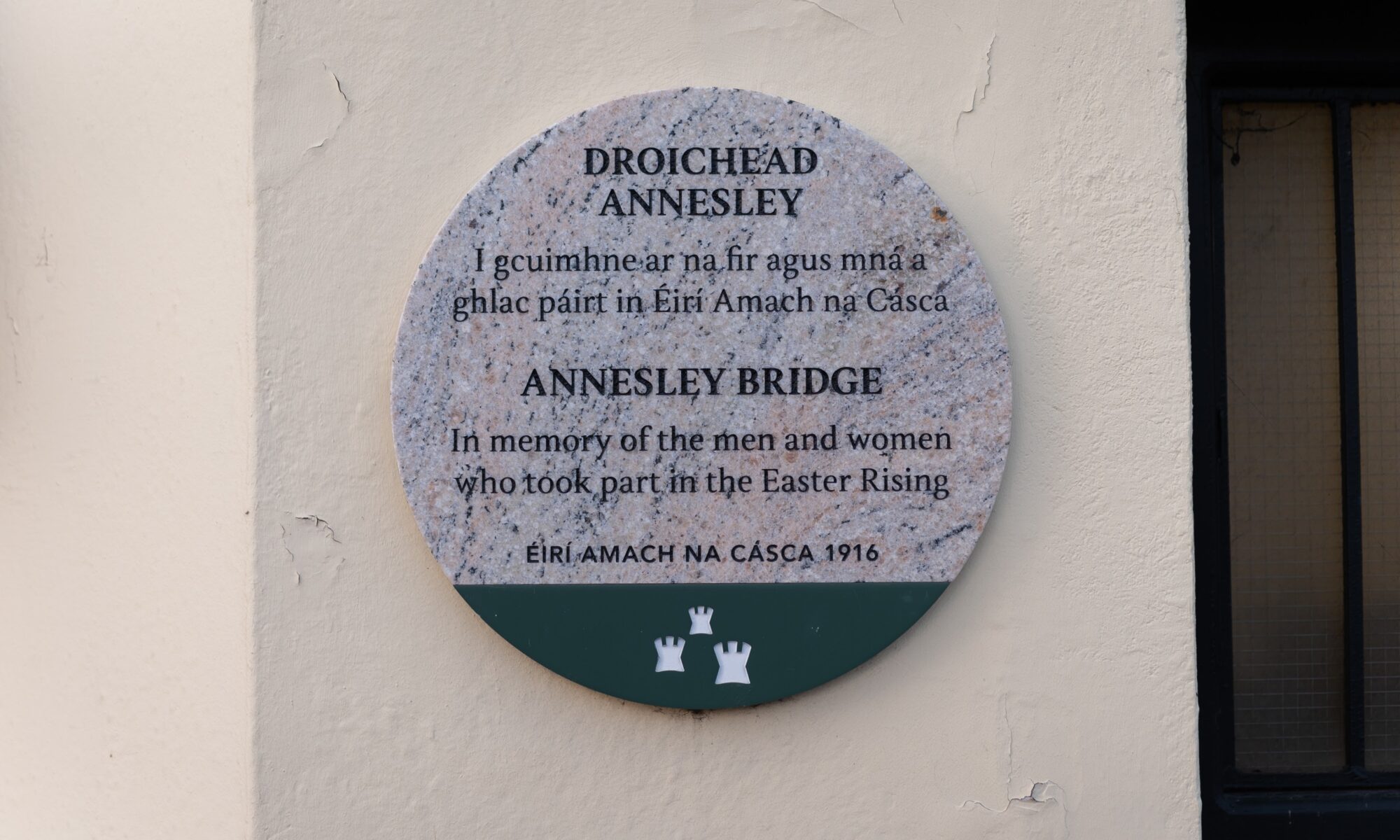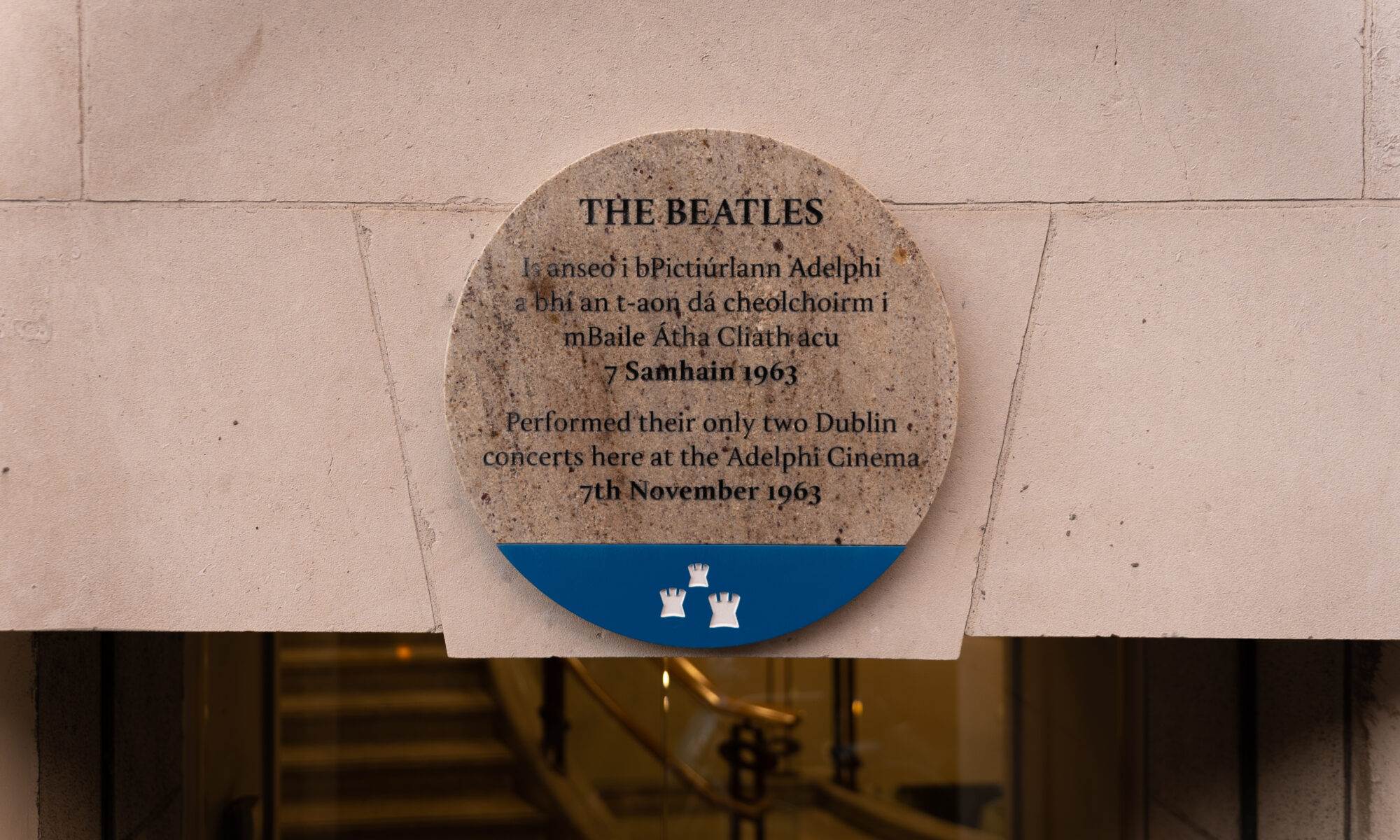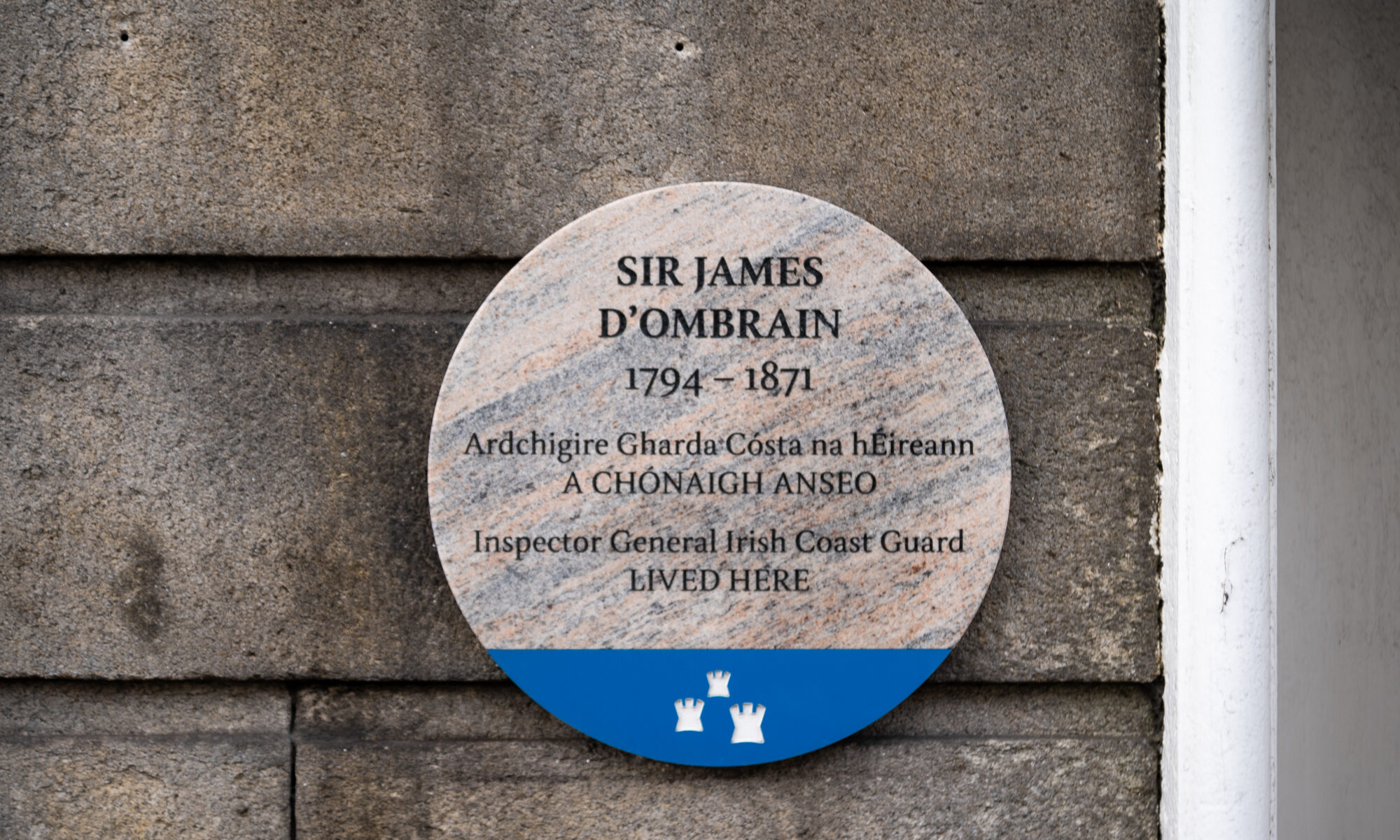This plaque commemorates Patrick Pearse, who lived with his family at 13 Sandymount Avenue, Dublin 4.
Pearse’s father, James Pearse, was a monumental sculptor who moved to Dublin around 1860. The family originally lived over the shop in Great Brunswick Street (now Pearse Street) before moving to Sandymount. Their first address in the area was on Newbridge Avenue, and they moved to 5 Georgian Villas, now number 13 Sandymount Avenue, in 1900. James Pearse made the altar railings for the Star of the Sea Church, on Sandymount Road.
Patrick Henry Pearse (1879-1916) was an Irish teacher, barrister, poet, writer, nationalist and political activist. Aside from his prominent role in the Easter Rising (for which he was executed on 3rd May 1916), he is best remembered as the author of The Murder Machine pamphlet on ‘the English education system in Ireland’ (Dublin, 1916), and his founding of the Irish language school St. Enda’s in Rathfarnham (which he ran during the last eight years of his life).
Pearse lived in Sandymount during a formative period in his life, when he was training to be a barrister, became one of the key figures in the Gaelic League, and took on responsibility for the family on the death of his father.
The terrace of houses at Sandymount Avenue was built in 1864 and residents over the years included W.B. Yeats and Abbey playwright TC Murray, who are both commemorated with plaques.
The plaque was proposed by Kathleen O’Callaghan, owner of the house, and it was unveiled by Lord Mayor Alison Gilliland, on 29th April, 2022.
